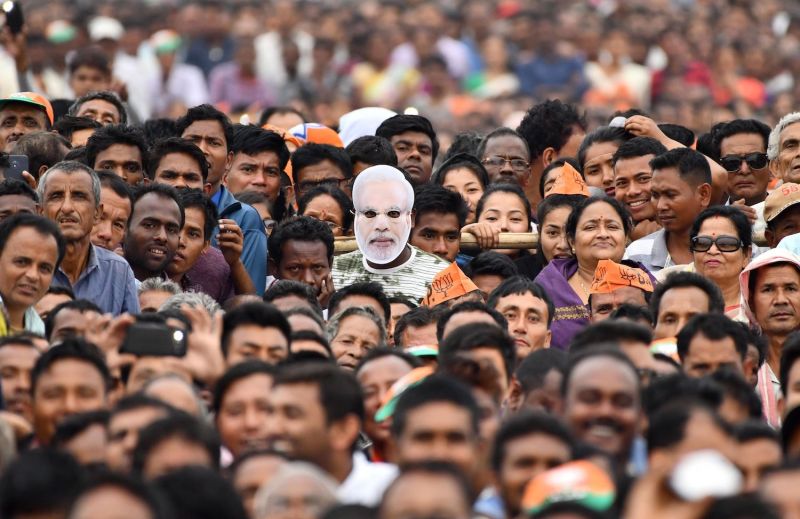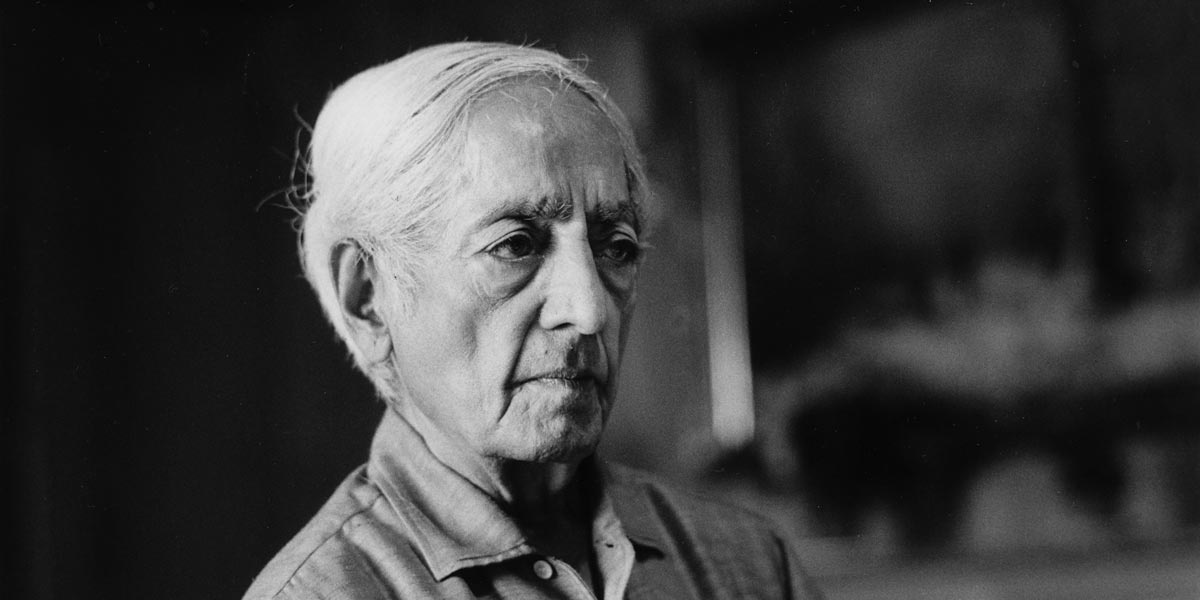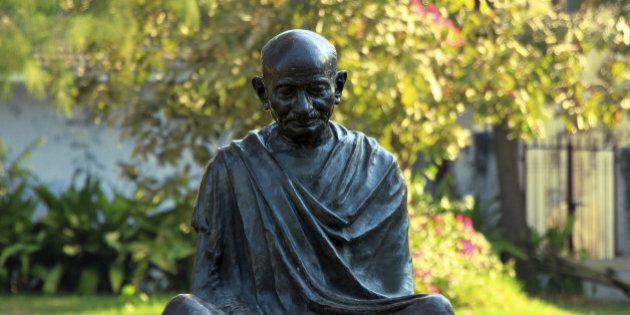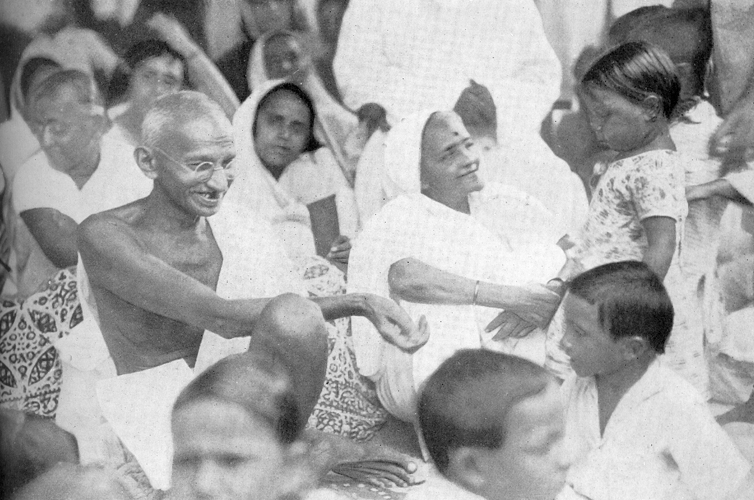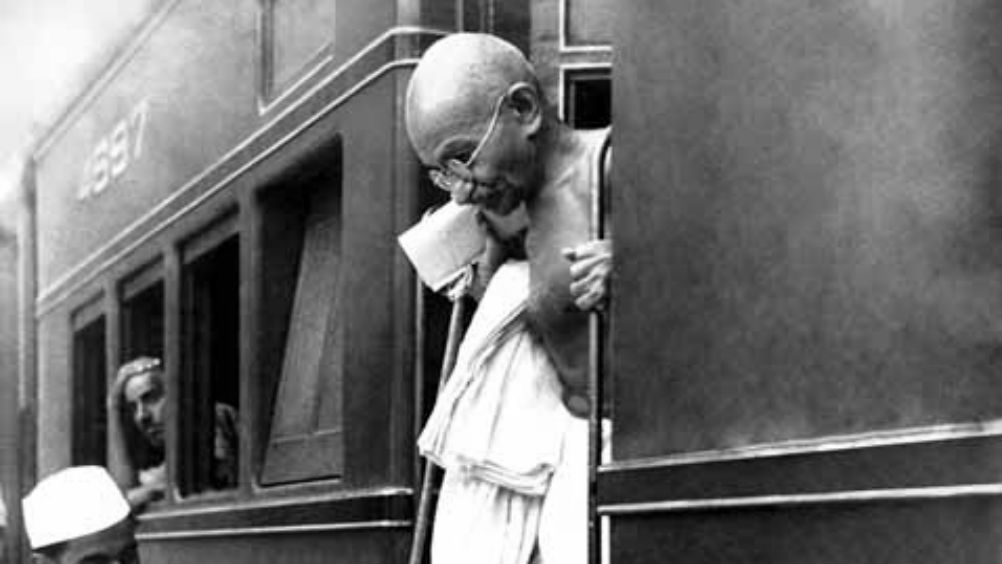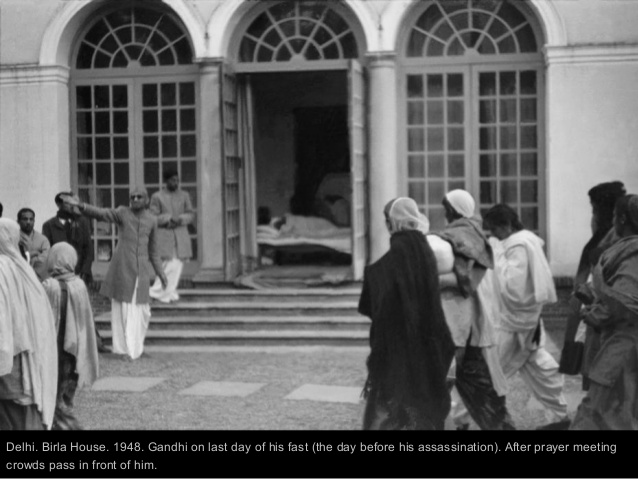I hoped to build a raibow bridge
Marrying the Earth to the Sky
And sow in this dancing planet midge
The moods of infinity.
Sri Aurobindo (1972,p.99) in A God’s Labour
It is my endeavor in this article to introduce to you the vision of Psychology as a discipline of knowledge as seen by the Indian Seer and Yogi Sri Aurobindo (1872-1950). Sri Aurobindo writing towards the beginning of the 20th century was well aware of the psychological thought as it developed in the West in the 19th century. He was also well versed in the psychological thought contained within many of the psycho-spiritual texts like Vedas, Upanishads, Bhagavad-Gita etc. Sri Aurobindo’s aim was to create a scope for psychological enquiry and practice, that deepened beneath the visible midge surface nature of humanity and could capture the vast moods of infinity.

The Intellectual crucible at the beginning of 20th within which Sri Aurobindo’s evolutionary through was born was yet dynamised by thoughts of Kant, Hegel, Freud, Darwin, Nietzsche and Karl Marx. It was an age that attempted to look at the humanity anew, divested of cultural repressions, organised religion, entrenched social habits and order. This age attempted to give back to the human being, its natural-ness and freedom to find without dogma the origins of its nature. Sri Aurobindo recognised that humanity was impelled to seek maximum freedom for itself and created a theory that would help humanity consciously take the next step in evolution. However, according to Sri Aurobindo a release of repression from vital desires controlled through agency of ego or surface morality was not capable of yielding to humanity the freedom and progress that it desired. He sought to create a ‘rainbow bridge’ between human urge to be free from repression and the need for human vitality to be rooted strong in the purifying streams of the ‘Superconscient’ as mentioned in the Vedic and Upanishadic literature. According to him, to find healing and progress, it is important to create receptivity in the being for higher light rather than directly confront the darkness that is rising from the Subconscient. He remarks:
“The significance of the lotus is not to be found by analysing the secrets of the mud from which it grows here; its secret is to be found in the heavenly archetype of the lotus that blooms forever in the Light…You must know the whole before you can know the part and the highest before you can truly understand the lowest. That is the promise of the greater psychology awaiting its….” (Sri Aurobindo, 1970, p. 1608, emphasis added).
A Greater Psychology

What is this greater Psychology that Sri Aurobindo talks about? According to Sri Aurobindo (1997) Psychology rather than being a ‘Science of Behavior’ needs to a ‘Science of Consciousness’. He iterates that the psychologists of the 19th century in a bid to make Psychology into an objective, independently verifiable science fell into three major errors while conceiving the disciplinary knowledge which have limited the study of psychological possibilities of humanity. These are:
…the materialistic error which bases the study of mind upon the study of the body; the sceptical error which prevents any bold and clear-eyed investigation of the hidden profundities of our subjective existence; the error of conservative distrust and recoil which regards any subjective state or experience that departs from the ordinary operations of our mental and psychical nature as a morbidity or a hallucination,—just as the Middle Ages regarded all new science as magic and a diabolical departure from the sane and right limits of human capacity; finally, the error of objectivity which leads the psychologist to study others from outside instead of seeing his true field of knowledge and laboratory of experiment in himself. (Sri Aurobindo, 1998, p.177, emphasis added)
Sri Aurobindo (1997) conceives of Psychology as a subjective science. Sri Aurobindo (1998) writes that “Psychology is necessarily a subjective science and one must proceed in it from the knowledge of oneself to the knowledge of others” (p.177). This has a significant import also for the way in which our knowledge transactions are structured. Most disciplines of knowledge, for instance, have as their focus the study of the ‘other’ rather than the self. The educators are interested in knowing about and teaching the students, the psychologists learn about their clients, doctors and nurses about their patients etc. In Sri Aurobindo’s view the psyche of the teacher, the healer, and the worker is the critical instrument which when developed to fineness can become capable of facilitating transformative change through its stillness, calm, radiance and intensity. In educational curricula and in healing arts there need to be space for the personal curriculum of each individual. It was fundamental to Sri Aurobindo’s philosophy that ‘Nothing can be taught’ and the knowledge that an individual seeks lays within the deep precincts of their own subjectivity. This existential knowledge critical for the growth of psychological being needs to be self-discovered, honed and creatively expressed to nurture the self and society. The role of the educator, healer or mentor is to create an environment within which this self-exploration can take place.
A Deep Relational Knowledge
The co-creation of knowledge is a deeply relational process. It can be seen through Sri Aurobindo’s (2005) lens through fourfold order of knowledge- Knowledge through separative indirect contact; knowledge through separative direct contact; Knowledge through intimate direct contact; and Knowledge through identity. Wherever, there are likely to be a rigid role division between an educator/student or healer/healed in terms of entrenched hierarchies and one way communicative pattern that choke individual voice and expression, a separative consciousness with indirect touch is likely to become dominant mode of communication. In Sri Aurobindo (2005), “there is no direct touch between our consciousness and their consciousness, our substance and their substance, our self of being and their self-being” (p.547). This psychological distance becomes even more pronounced through ‘othering’ of individuals and communities based on prejudice, stereotype, exploitation and creating dispossession. A conscious challenging of these conditioned habits can bring us in greater touch with the ‘other’ through separative direct touch where we can observe, understand and appreciate the ‘other’ person. The separation yet remains. The third kind of relation i.e., knowledge through direct intimate touch brings two person still closer, no longer separative but linked to each other in intimate thought emotion and rhythm. The deepest relational knowledge is through identity. In such relational knowledge one can feel the being of one person flowing through another -one in identity and love. This state is deeply transformative and capable of healing the existential ‘touch of tears’ that marks our lives and creates incompleteness. This sense of completeness or integrality of experience is the aim of both education and healing.
The Dynamics of Transformation: The Sun Within and Without
For Sri Aurobindo the human person is a transitional being who is still in the process of evolution. The fact that sorrow and suffering exist on this earth and is part of human experience indicates that we have not as yet gained the inner and outer balance that we yearn for. According to Sri Aurobindo (1999) almost all Problems of existence are problems of harmony. Harmony can be achieved through individual and collective effort and transformation.As individuals our essence is Sachhidananda. We carry a Sun within- our consciousness Swayamprakasha or self- luminous.

“Consciousness is a fundamental thing, the fundamental thing in existence–it is the energy, the motion, the movement of consciousness that creates the universe and all that is in it–not only the macrocosm but the microcosm is nothing but consciousness arranging itself.” (Sri Aurobindo, 1970, pp.236-237).
Generally, the word consciousness is used to denote just the mental consciousness but for Sri Aurobindo it denotes all possible levels and layers of consciousness- material, subconscient, subliminal, emotional, sensory, aesthetic, mental and the supramental. He viewed human consciousness as a laboratory where an individual through the intense power of aspiration can deepen, widen and heighten the consciousness. Deepening helps in releasing the intensity of love within the heart -imbuing each atom of creation with deep peace and dance with joy or Ananda. Widening of the consciousness is a movement in which a person aspires to be inclusive by appreciating the multiplicity and diversity of thought patterns and ways of being. Heightening the consciousness takes an individual towards the higher, illumined, intuitive and overmind where macro-cosmic rhythms can be felt within the micro-cosmic-personality in intimate interconnectedness –each flower, tree, cloud, stardust, the vile and the saint becomes one’s own essence. In the highest supramental realm, chit-shakti (Consciousness-Power) can be directly expressed- our true aspiration is effectuated directly in Reality.
For Sri Aurobindo – Psychology leads from the study of mind and the soul in living beings to the perception of the one soul and one mind in all things and beings. (Sri Aurobindo, 1999, p.51) The inner and the outer Sun are one in essence, matter and spirit entwined in a deep unity –our infinite possibilities lie curled in the lap of Eternity.
An Integral Compassion
Sri Aurobindo’s gaze towards evolving humanity was of a deep compassion. He recognized and affirmed the struggles of humanity as part of its existential condition. Ignorance was as much a part of this journey as knowledge as we grow through both. We are Divine-in-the-making. Perfection is not the end-point, rather each moment in our psychological journey was a point of perfection. In his view, the same psychological principle that helped us evolve can become a hindrance in our journey after it has reached its fruition. For instance, human ego helps the personality to take a bounded for and shape against the white background of Infinity and helps us operate in this world through our desire, will, reason and effort. However, this same ego also is the source of ‘othering’ and separativeness. Desire creates but is in essence uncontrolled and knows no final satisfaction. Effort and will are creative but can become frenzied and purposeless. Reason rescues us from superstition and infra-rationality but it cuts at its own arguments. Thus the very psychological principle that allowed us to affirm our humanity also becomes a bar in the same moment. In Sri Aurobindo’s words:
When we have passed beyond knowings, then we shall have Knowledge. Reason was the helper; Reason is the bar. When we have passed beyond willings, then we shall have Power. Effort was the helper; Effort is the bar. When we have passed beyond enjoyings, then we shall have Bliss. Desire was the helper; Desire is the bar. When we have passed beyond individualising, then we shall be real Persons. Ego was the helper; Ego is the bar. When we have passed beyond humanity, then we shall be the Man. The Animal was the helper; the Animal is the bar” (in The Mother, 2004, p.367).
For Sri Aurobindo all that we are, all that we shall be, is a divine promise. Each individual is a free determinant their unique journey to the Divine. Cultures, beliefs, climes, language, expression may differ but inward experience of each individual is an addition to the progress of this Cosmos. Each individual aspiration is like a walk in a virgin forest creating a path that no one has walked before. Yoga or intentional development fast forwards this process through a conscious impetus for transformative change. It creates an inwardisation of consciousness which then can transform our outer nature – body, emotions, senses and mind. Sri Aurobindo believed that it was possible to have life Divine on Earth. He believed that human nature can be changed and divinised and that luminous societal structures can be created that would be free of violence, exclusion, oppression and exploitation. He leaned forward to hear the whispers of the footsteps of the future. I leave you with his words-
“I have gathered my dreams in a silver air
Between the gold and the blue
And wrapped them softly and left them there,
My jewelled dreams of you.”
– Sri Aurobindo (1972, p.99) in A God’s Labour
References
Sri Aurobindo. (1970). Letters on yoga (Vols.1-4). Pondicherry: Sri Aurobindo Ashram Press.
Sri Aurobindo (1972). Collected Poems. Pondicherry: Sri Aurobindo Ashram.
Sri Aurobindo. (1997). Essays divine and human (Vol. 12) Complete works of Sri Aurobindo Pondicherry: Sri Aurobindo Ashram Press.
Sri Aurobindo. (1998). Essays in philosophy and yoga. Complete works of Sri Aurobindo (Vol. 13). Pondicherry: Sri Aurobindo Ashram Press.
Sri Aurobindo. (1999). The synthesis of yoga. Complete works of Sri Aurobindo (Vols.23-24). Pondicherry: Sri Aurobindo Ashram Press.
Sri Aurobindo. (2005). The life divine. Complete works of Sri Aurobindo (Vols. 21- 22). Pondicherry: Sri Aurobindo Ashram Press.
The Mother. (2004). Questions and answers, 1956. Complete works of The Mother (2nded., Vol.8). Pondicherry: Sri Aurobindo Ashram Press.
Monica Gupta is Associate Professor at the Department of Elementary Education, Gargi College,University of Delhi






